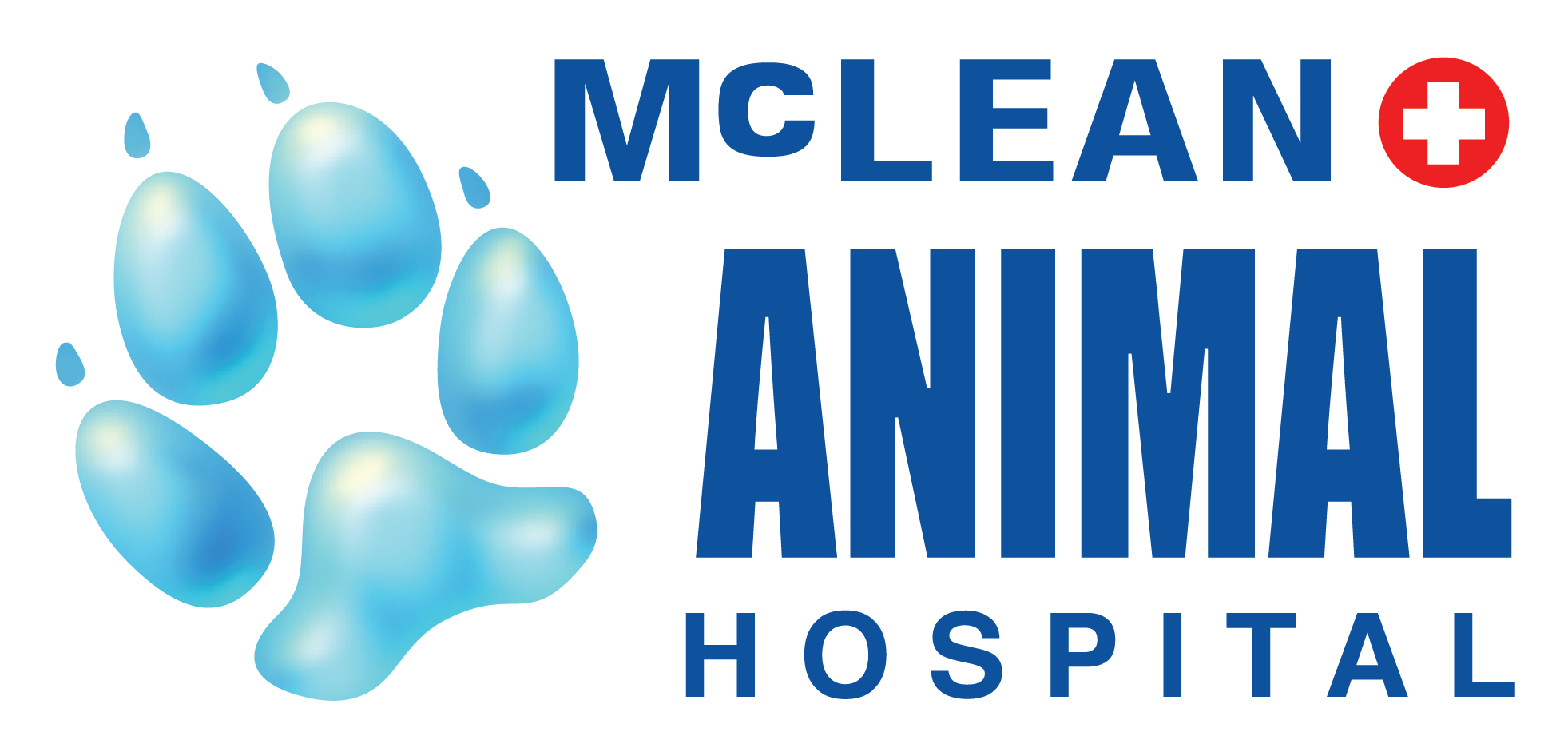It is estimated 2/3 of dogs over the age of 3-years-old have periodontal disease (inflammation and infection of the tissues surrounding the teeth). This begins when plaque is left on the tooth surface and results in gingivitis that can progress to affect the tooth pocket. Left untreated, it will lead to pain and infection and ultimately, the loss of that tooth. There are many ways to prevent periodontal disease and we can help your dog keep its teeth!
What types of dental care for dogs do you offer at your clinic?
We can discuss oral hygiene programs to be completed at home. This includes daily tooth brushing and other effective products such as specific dental diets, chews, water additives, etc. Depending on what stage of periodontal disease your pet has, it may be recommended that your pet have a “Comprehensive Oral Health Assessment and Treatment Plan.” This procedure is performed under a general anesthetic so that your dog’s oral cavity and teeth can be thoroughly examined for health and disease. Dental radiographs may be performed to review the health of the roots which are not visible. Also, the teeth are scaled to remove all plaque and tartar and then polished.
How often should you brush your dog’s teeth?
The benefits of teeth brushing are maximized if this is performed daily, to remove plaque. Once 2-3 days pass, plaque will mineralize into tartar and this will remain on the tooth surfaces despite brushing.
Why is oral and dental health important?
Good oral and dental health is important because it keeps your pet healthy and free of oral pain and infection. Bacteria that are present in the oral cavity can lead to abscesses and can move into the bloodstream and potentially settle within internal organs such as the liver, kidneys, or heart valves.





